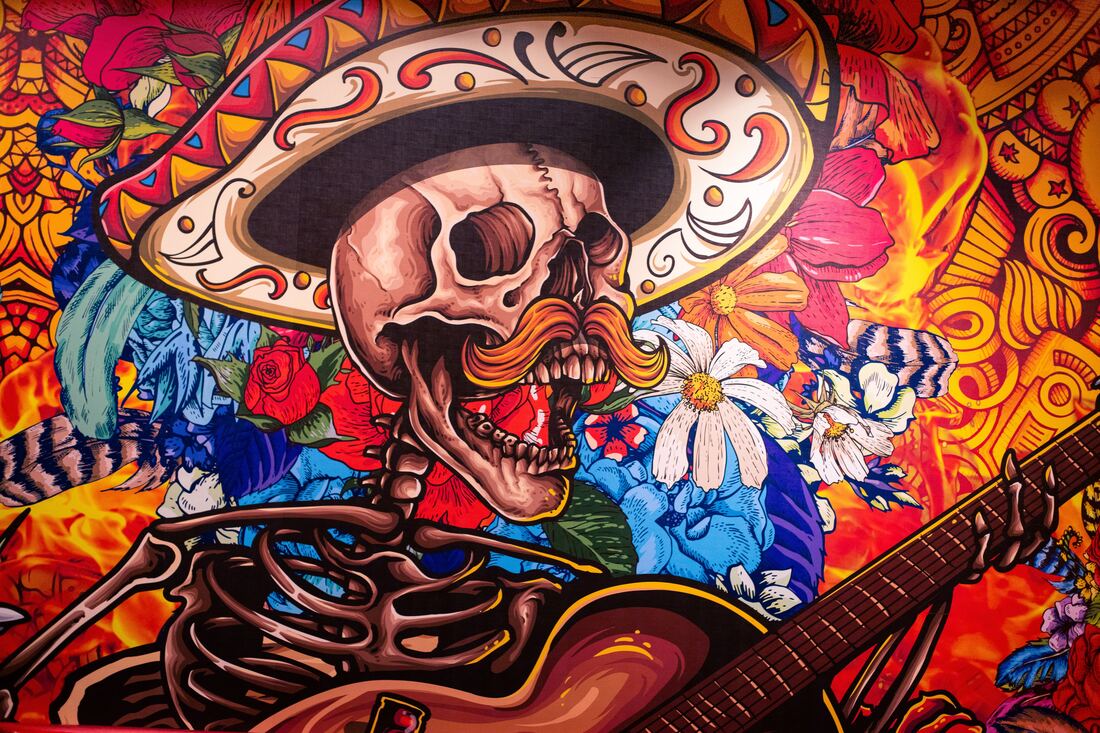|
By: A. Bonde Halloween is very prevalent in the United States, Canada, Ireland, and the United Kingdom. It is said to have its roots in the ancient Celtic holiday of Samhain. However, the celebration has become widely influential, and different cultures have embraced and modified it in distinctive ways.
In Ireland, Halloween is a celebration that signals the conclusion of harvest season and the start of winter. The night of October 31st was thought to have caused a blurring of the lines separating the living and the dead, allowing ghosts to roam freely. People dressed up and built bonfires to ward off evil spirits. Similar Celtic customs blended over ages with Christian and Roman influences in the United Kingdom to produce celebrations like apple bobbing, a divination(supernatural) game connected to the Roman cult of Pomona, the goddess of fruit trees. The origins of trick-or-treating can be traced back to a British and Irish custom known as "souling," in which the poor would go door-to-door and perform songs for the dead in return for food or cash. These practices changed and spread to North America, where they turned into the modern Halloween traditions that are followed and beloved until this day. Día de Los Muertos, a celebration that occurs in Mexico, can be considered a variation of Halloween where they honour the goddess Mictecacihuatl, also known as the Lady of the Dead, by ancient Mesoamerican societies including the Aztecs, and Toltecs. The celebrations were later modified and entwined with Catholicism following the arrival of the Spanish in the sixteenth century. The event now falls on All Saints' Day (November 1) and All Souls' Day (November 2). Families prepare altars known as ofrendas for Día de Los Muertos, embellished with pictures, candles, calaveras de azúcar(sugar skulls), and souvenirs of the deceased. The idea is to greet the departed souls returning to this life so they can partake in the celebration and honour their lives. In addition to cleaning and decorating their loved ones' graves, families frequently have picnics at the gravesite where they exchange laughs, memories, and occasionally even musical selections. Halloween in the Philippines is a unique fusion of deeply rooted local rituals and Western influences, much like in Mexico. One important feature is the custom of "Undas" or "Arawngmga Patay" (Day of the Dead), when families go to graves to honour their deceased loved ones. This custom typically entails lighting candles, decorating, and cleaning the graves, and presenting flowers and prayers. Families get together to reconnect with previous generations by reminiscing and sharing memories about their loved ones. Furthermore, cities, especially in shopping centers and business districts, welcome commercialized, Westernized Halloween. Similar to Western cultures, costume parties and trick-or-treating are popular among kids and offer a joyful and lively experience. These practices honour both traditional and modern Halloween celebrations, representing the diverse cultural background of the Philippines. In conclusion, Halloween has grown beyond the US, Canada, Ireland, and the UK. Trick-or-treating and costume parties are celebrated worldwide, where each culture adds its own flair to the tradition. Mexico honours the fallen through the colourful Día de Los Muertos, while Ireland and the UK keep traditional practices like bonfires and apple bobbing. Inspired by native and Western influences, the Philippines blends tradition and commercial Halloween activities. These different versions reflect Halloween's cultural depth and flexibility worldwide, making it a beloved holiday to all.
0 Comments
Leave a Reply. |
Categories
All
Archives
June 2024
|

